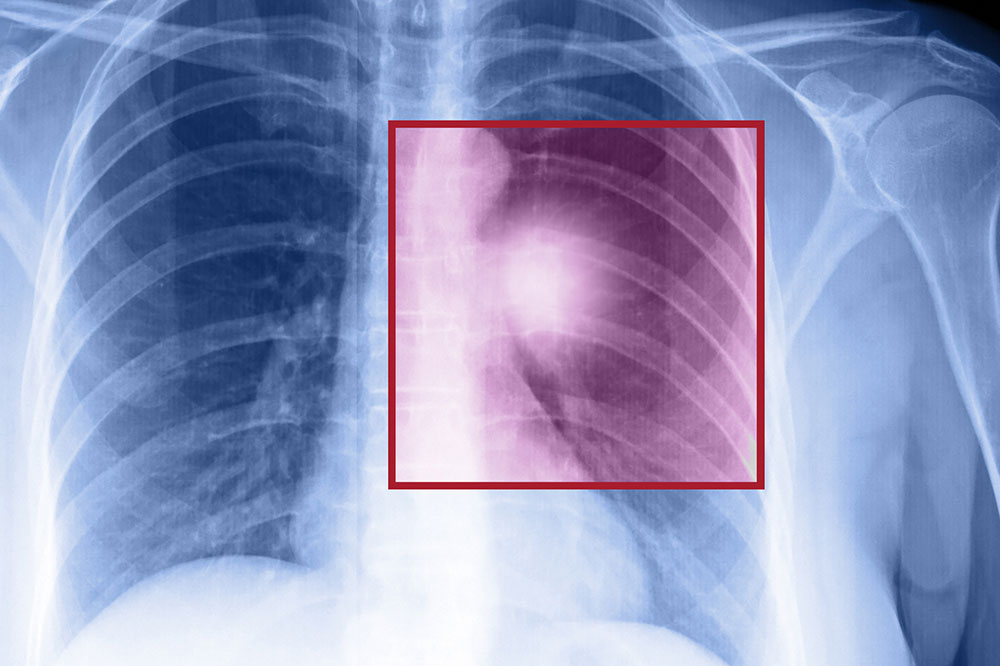A Comprehensive Guide to Bladder Cancer: Causes, Types, and Symptoms
This comprehensive guide delves into bladder cancer, exploring its causes, common types, and symptoms. It emphasizes the importance of early detection for better prognosis and highlights risk factors such as age, gender, and lifestyle. Understanding how bladder cancer develops and the differences between its main types can aid in early diagnosis and effective treatment. Stay informed about symptoms to seek prompt medical attention and improve outcomes for those affected by this prevalent disease.

A Comprehensive Guide to Bladder Cancer: Causes, Types, and Symptoms
Bladder cancer is a significant health concern affecting millions worldwide. The bladder, a vital organ within the urinary system, is responsible for storing urine produced by the kidneys before it is expelled from the body. Located deep within the pelvic region, the bladder's health is essential for normal urinary function. According to recent epidemiological studies, bladder cancer ranks among the top ten most common cancers globally, with approximately 68,000 new cases diagnosed annually in the United States alone. This high prevalence underscores the importance of awareness, early detection, and effective treatment strategies.
While bladder cancer can affect individuals at any age, statistics indicate that it predominantly impacts older adults, especially men. Men are three to four times more likely to develop bladder cancer than women. Age-related changes in cell DNA, environmental exposures, lifestyle factors, and genetic predispositions all contribute to this increased risk. Some populations, due to occupational hazards or lifestyle choices, are more vulnerable to developing this disease.
Understanding How Bladder Cancer Develops
Bladder cancer originates from abnormal or malignant transformations of the cells lining the interior surface of the bladder, known as urothelial or transitional cells. These cells play a crucial role in lining the bladder's inner walls, allowing the organ to stretch as it fills with urine. When these cells undergo genetic mutations, they can begin to grow uncontrollably, forming malignant tumors. These abnormal cells can invade the layers of the bladder wall and may eventually spread beyond the bladder to other parts of the body if left untreated.
Early detection of bladder cancer significantly improves the chances of successful treatment. Routine screenings and awareness of early symptoms facilitate prompt medical attention, leading to better outcomes. The progression of bladder cancer is particularly dangerous because, in its advanced stages, it can metastasize through the lymphatic system or bloodstream, affecting vital organs such as the lungs, liver, or bones.
Bladder cancer develops when abnormal cells in the bladder grow uncontrollably, forming malignant tumors. If not diagnosed early, these tumors can invade surrounding tissues or spread to distant organs. Recognizing the type of bladder cancer is essential for determining the appropriate treatment plan. There are three primary types of bladder cancer:
Urothelial Carcinoma
This is the most prevalent form, accounting for approximately 90% of all bladder cancer cases. It arises from the transitional cells lining the interior of the bladder. Urothelial carcinomas can be classified into papillary and non-papillary types, with the former growing outward into the bladder cavity, often detected early due to observable symptoms.
Adenocarcinoma
Making up about 1-2% of cases, this rare form develops from glandular cells within the bladder that are responsible for secreting mucus and other fluids. Adenocarcinomas often mimic other gland-related cancers and can be more challenging to detect early.
Squamous Cell Carcinoma
About 8% of bladder cancers are squamous cell carcinomas. These originate in flattened, interconnected epithelial cells that line the bladder wall, frequently resulting from chronic irritation, infections, or inflammation. Long-term bladder inflammation can lead to the development of these tumors, which tend to be more invasive and aggressive.





